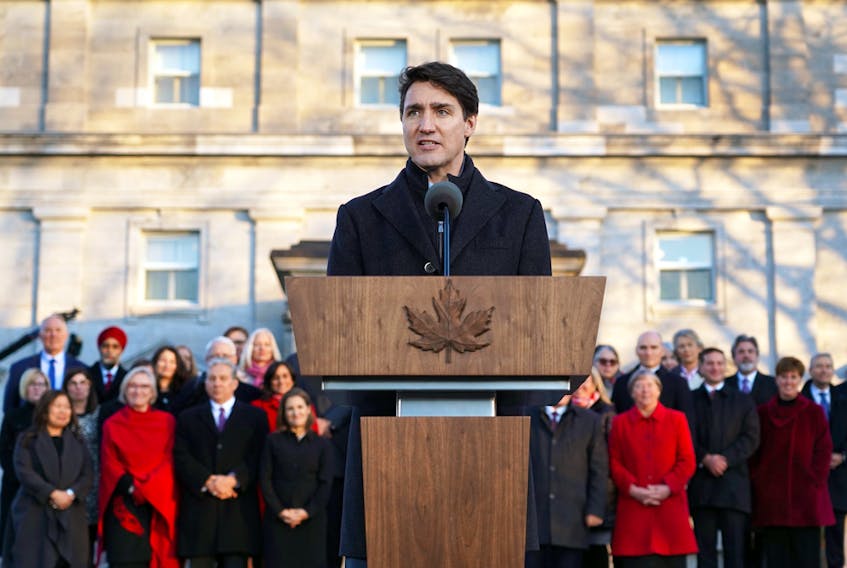Support for electoral reform has surged across Canada in the wake of the October election, a new poll shows.
Earlier this month, Angus Reid asked 1,965 Canadians who are members of their online forum if they would rather keep the current first-past-the-post electoral system or switch to a new proportional representation system.
Nearly seven in 10 (68 per cent) said they would prefer a change.
When Angus Reid asked the same question in early 2016, it found less than half — 47 per cent — supported a switch.
Atlantic Canada had a fairly small sample size — 179 for the entire region — but polling found 62 per cent supported proportional representation. That compares to just 44 per cent in 2016.
A cornerstone of the Liberals’ 2015 campaign was that it would be the last election under the first-past-the-post system. Prime Minister Justin Trudeau reneged on that promise by early 2017 citing a lack of will from Canadians.
But the results of the 2019 election, and how starkly different the political landscape would be under proportional representation, have renewed calls for a change.
The last election under proportional representation

Across Canada, proportional representation would have resulted in 116 Liberals, 117 Conservatives, 57 NDP, 22 Greens, and 26 Bloc, rather than 156, 122, 24, 3, and 32, respectively.
In Atlantic Canada, those numbers under proportional representation would have been 14 Liberals, nine Conservatives, five New Democrats, and four Greens compared to 26 Liberals, four Conservatives, and only one New Democrat and one Green.
Likely fuelled by feeling short-changed by the results, backing for electoral reform among Conservative voters has more than doubled.
Historically opposed to proportional representation, Conservative support has jumped from 28 per cent to 69 per cent since 2016.
This is reflected in areas where Conservatives have the most support as well.
In 2016, just 35 per cent of respondents from Saskatchewan supported proportional representation. That number has now skyrocketed to 78 per cent.
In Alberta, support has gone from 37 per cent to 75.
Liberal support for proportional representation has also gone up, from 49 per cent in 2016 to 55 per cent.
The Green and New Democratic parties remain the top cheerleaders for electoral reform at 83 per cent and 86 per cent support, respectively.
According to Angus Reid, a probability sample of this size carries a margin of error of plus or minus 2.5 percentage points, 19 times out of 20.
RELATED:









